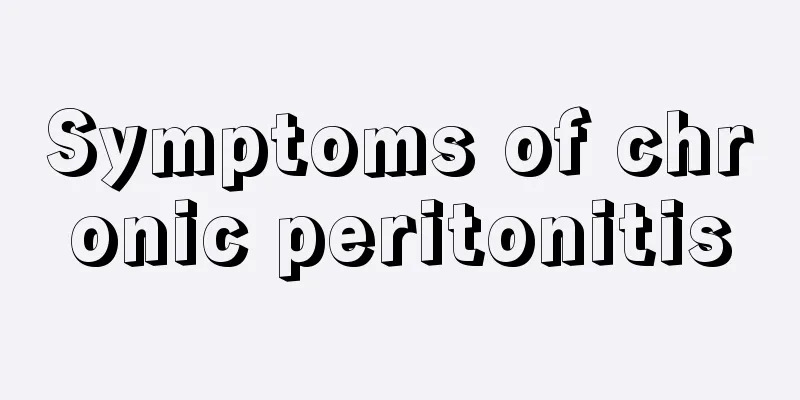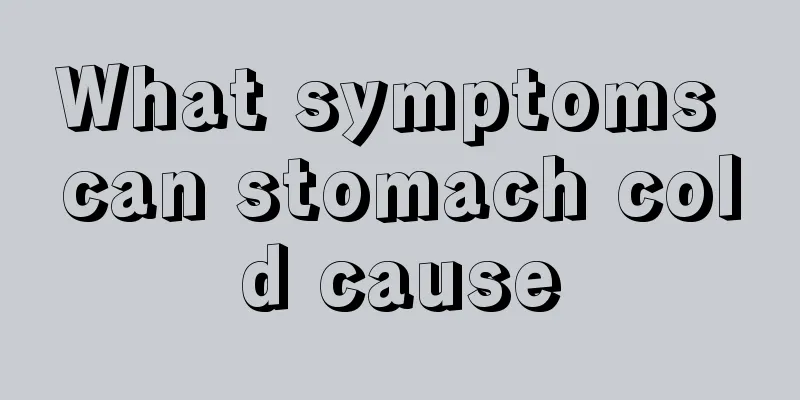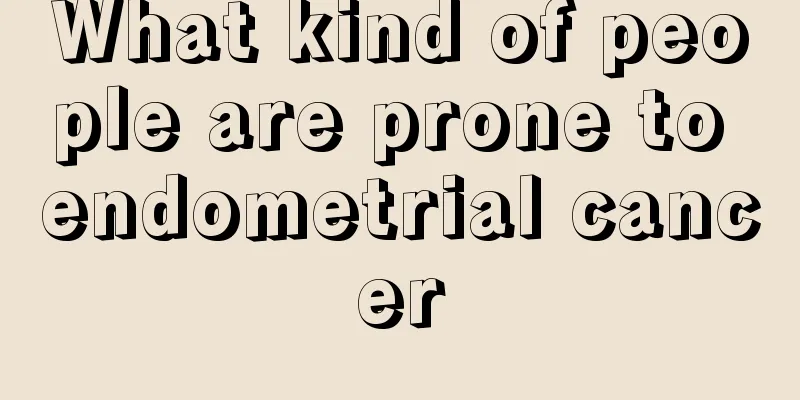Symptoms of chronic peritonitis

|
Many people do not pay much attention to their physical health in life, so that in the end they find that many diseases have appeared, and the harm is still very great. First of all, some patients will suffer from chronic peritonitis, and this problem often occurs after surgery. After peritonitis occurs again, patients will feel damage to bladder and urethral secretions, and may even affect the normal excretion system, and often feel stomach pain. Causes of chronic peritonitis include reinfection (eg, recurrent pelvic inflammatory disease), certain postoperative infections (talc peritonitis, starch peritonitis), and chronic infection. Tuberculosis is the main cause of chronic infection. Postoperative peritonitis Postoperative peritonitis has many causes. Surgical damage to internal organs (biliary tract, urinary tract, bladder or digestive tract) requires surgical repair. Anastomotic dehiscence is a serious problem and also requires early reoperation. Residual foreign matter (such as gauze) can cause severe inflammatory adhesions and fibrosis, which can persist or rarely pass spontaneously before surgical removal. Talc or starch used in gloves can cause a characteristic granulomatous reaction with prolonged postoperative paralytic ileus, tenderness, and fever. It usually resolves spontaneously within a few weeks. Usually, the diagnosis is confirmed during a second laparotomy to exclude other complications. Starch can be confirmed by the presence of Maltese cross-like particles seen in the reflection of light. Anti-inflammatory therapy (eg, indomethacin, prednisone) can shorten the recovery period. Fungal peritonitis is often caused by Candida species and occurs primarily in patients who have undergone surgery to treat persistent peritonitis with antibiotics. Candida species peritonitis can be treated with intravenous amphotericin B, but the prognosis is grave. Peritoneal dialysis is often complicated by peritonitis; turbid effluent suggests the presence of peritonitis. Indwelling catheters or shunts for ascites can lead to bacterial invasion, primarily by Staphylococcus epidermidis and Staphylococcus aureus. Treatment is with antibiotics based on culture and sensitivity testing; if necessary, removal of the shunt; or hemodialysis as a last resort. Regarding the issue of abdominal drainage, it should be determined according to the nature of the lesion and the method of surgical treatment. In case of diffuse peritonitis, if the lesions have been completely removed and the abdominal cavity has been cleaned, drainage is not required in principle. If there is infected necrotic tissue at the lesion, or if it is difficult to ensure that gastrointestinal fistula will not occur despite treatment, a drainage device should be placed, such as a cigarette drain, silicone tube, or double cannula. Most surgical incisions for patients with peritonitis are sutured initially. If the incision is severely contaminated, the peritoneum can be sutured with absorbable intestinal sutures. Several nylon tension sutures are placed in the entire layer of the incision, and the incision is blocked with saline gauze and covered with a sterile dressing. The gauze is changed every day. After 4 to 5 days, when the secretions are reduced and healthy granulation tissue grows, the incision can be sutured later, which can often avoid serious infection of the incision. After the operation, you should take a semi-sitting position to allow the pus to flow into the pelvic cavity. Since the absorption capacity of the pelvic peritoneum is poorer than that of the upper abdomen, the absorption of toxins can be reduced. Even if an abscess forms, it can be drained through the rectum or posterior vaginal fornix. Primary peritonitis can usually be controlled with antibiotic treatment. Surgical treatment is usually not required. If it is difficult to differentiate from secondary peritonitis, laparotomy should still be performed. If it is primary meningitis, pus can be aspirated out, the abdominal cavity can be drained, and the appendix can be removed at the same time. |
<<: Symptoms of cervical spine injury
>>: Symptoms of cinnabar poisoning
Recommend
Can I still use the expired shower gel?
In our lives, shower gel is our most common daily...
Drugs to prolong sexual function
Sexual function is very important for men, and se...
Causes of gastric cancer, balanced diet reduces disease
There are many causes of gastric cancer. People n...
Why is the room humid when the air conditioner is on?
Air conditioners are common household appliances ...
Methods for preventing diseases in autumn
Autumn is the season of alternating cold and hot ...
What are the symptoms of the difference between sinus cysts and nasopharyngeal cancer
The symptoms of sinus cysts and nasopharyngeal ca...
What diseases can hemolytic streptococci cause?
In fact, many friends are not familiar with hemol...
Night blindness symptoms
In recent years, the incidence and number of case...
What's the matter with high total cholesterol and triglycerides
Total cholesterol and triglycerides are both bloo...
Are there any symptoms of ovarian teratoma?
Ovarian teratoma may not have obvious symptoms, b...
What are the symptoms of vaginal relaxation?
The vagina is an important part of the female bod...
Why does influenza cause recurring fever?
Influenza is actually the common cold. Generally ...
What are the steps of cupping?
Cupping is a common health-preserving method in l...
What is the difference between the bivalent, quadrivalent and nonavalent uterine cancer vaccines?
Uterine cancer vaccine should refer to cervical c...
Prevention and treatment of nasopharyngeal carcinoma
What are the methods for treating nasopharyngitis...









